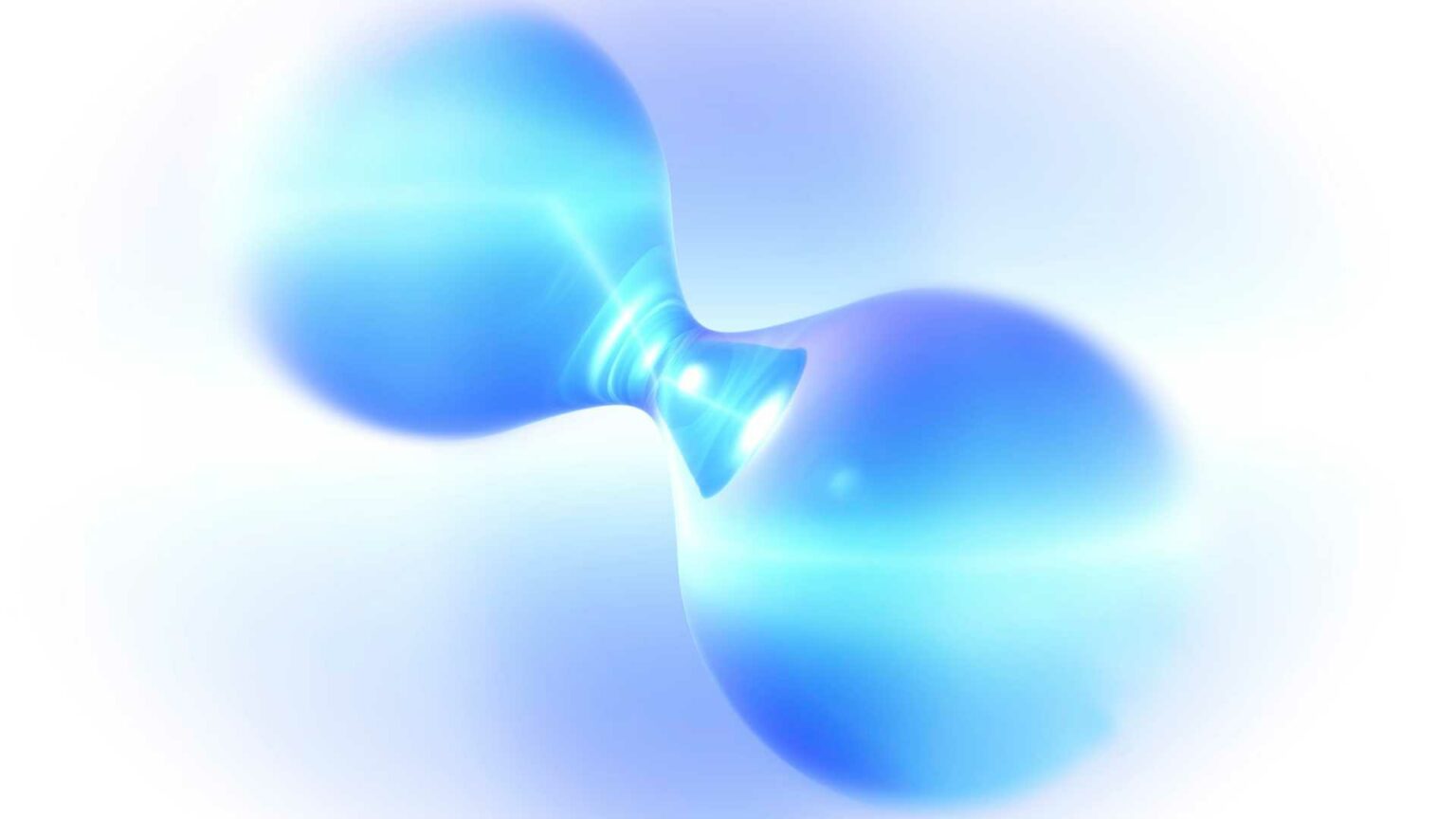Thyssenkrupp Uhde GmbH has introduced a novel ammonia system, as outlined in their recent patent filing on July 24, 2024.
The patent features an advanced configuration involving a converter, a first heat exchanger, and a separating device. This ammonia system integrates a hydrogen feed and is designed to improve the efficiency and sustainability of ammonia synthesis.
Unique Features and Improvements
The patented ammonia system distinguishes itself with several unique innovations:
1. Integration of Electric Heating: The system includes a first electric heater that is strategically designed to connect either to the converter or the steam turbine.
2. Hydrogen Feed Connection: The hydrogen feed is connected to the converter through a second heat exchanger, allowing for an optimized supply of hydrogen, a crucial reactant in ammonia synthesis.
3. Efficient Gas Circulation: The converter and the separating device are interlinked through product and reactant gas connections, ensuring that the ammonia synthesis product gas is effectively routed out of the converter and the circuit gas is efficiently recycled back.
These enhancements collectively offer improvements over existing technologies by promoting better heat management and efficient utilization of reactants, thereby increasing the overall efficiency of the ammonia production process.
Potential Applications
The patented ammonia system holds significant potential in various applications:
– Ammonia Production: Primary use in industrial ammonia synthesis for fertilizers, explosives, and other chemical manufacturing.
– Hydrogen Economy: Given the integration of a hydrogen feed, the system can also play a pivotal role in green hydrogen production practices, supporting environmental sustainability.
– Energy Sector: The system’s adaptability to either the converter or the steam turbine via electric heating can be harnessed in energy-efficient industrial processes.
In comparison to existing ammonia synthesis technologies, the patented system by Thyssenkrupp stands out in several ways:
– Current Technologies: Traditional ammonia synthesis often involves high energy consumption and less efficient heat management.
– Enhanced Efficiency: The system’s electric heater and optimized gas circulation enhance overall process efficiency, reducing energy consumption compared to existing setups.
Technical Specifications and Methodologies
– Converter (10): Serves as the core of the system where ammonia synthesis occurs.
– First Heat Exchanger (20): Facilitates the initial heat exchange between the product gas and the external environment.
– Separating Device (30): Isolates the synthesized ammonia from other gases.
– Hydrogen Feed (60): Introduces hydrogen into the system via the second heat exchanger (80).
– Electric Heater (70): Provides flexible heating options for the converter or the steam turbine (90), enhancing process adaptability and energy management.
